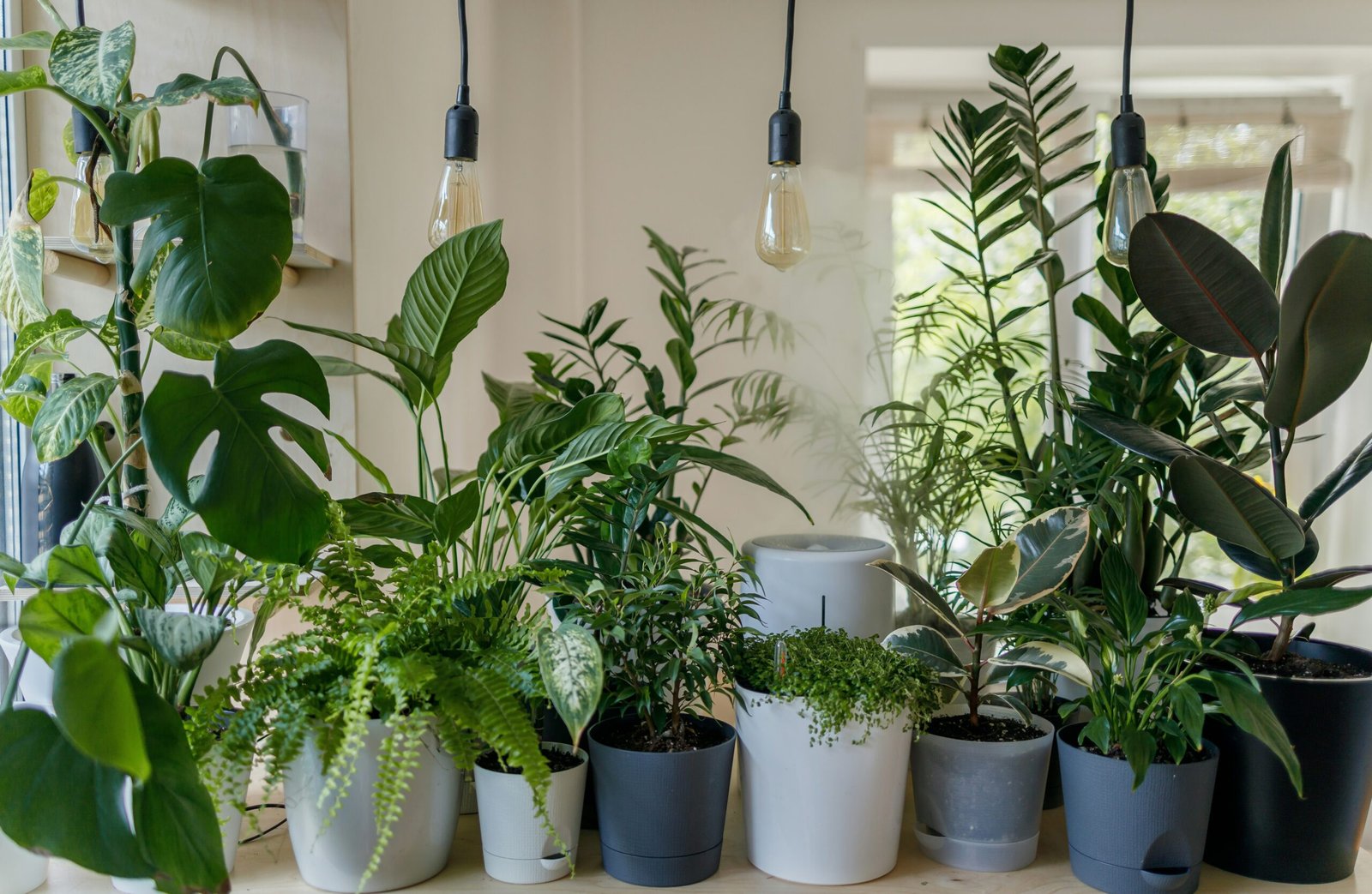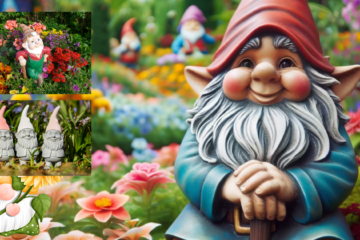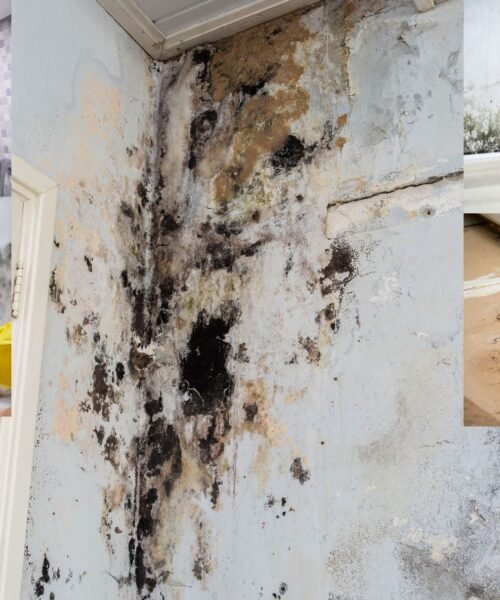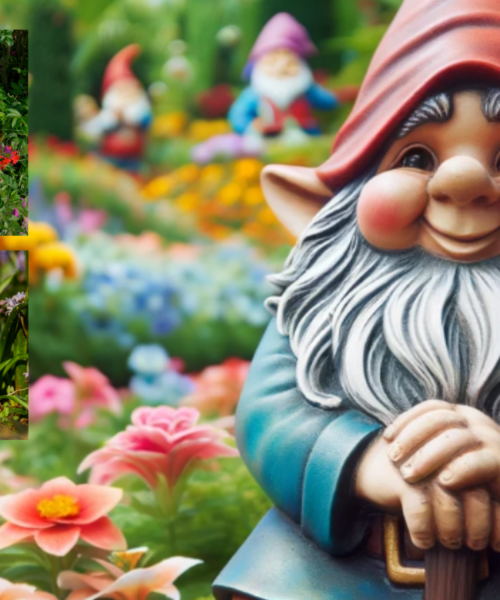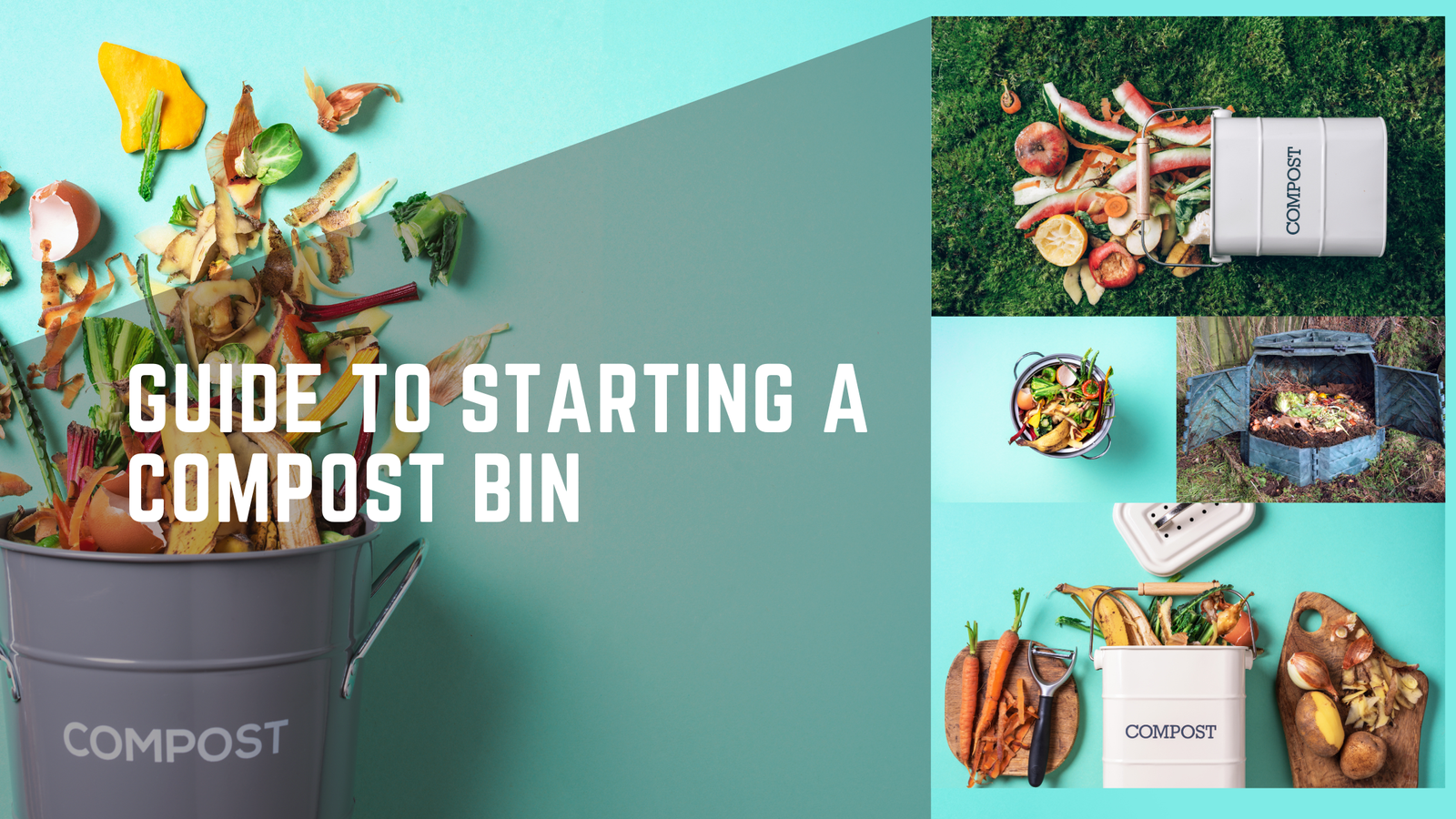When it comes to creating an indoor garden, there are a few key factors to consider. First and foremost, you need to determine the space you have available. Whether you live in a small apartment or a spacious house, there are indoor gardening solutions for every size and layout.
Once you’ve identified the space, it’s time to think about the type of plants you want to grow. Are you interested in cultivating a collection of beautiful flowers, or are you more focused on growing your own fresh herbs and vegetables? Different plants have different requirements, so it’s important to choose varieties that are well-suited to your indoor environment.
Next, you’ll need to consider the lighting in your space. Most plants require a certain amount of light to thrive, so it’s important to assess the natural light available in your home. If you have large windows that let in plenty of sunlight, you may be able to grow a wider variety of plants. However, if your space is lacking in natural light, you may need to invest in artificial lighting solutions such as grow lights.
Another crucial aspect of indoor gardening is choosing the right containers for your plants. While traditional clay pots are a popular choice, there are many other options available. From hanging planters to wall-mounted systems, there are endless possibilities for creating a unique and visually stunning indoor garden.
Once you have your space, plants, lighting, and containers sorted, it’s time to get your hands dirty. Start by preparing the soil or potting mix for your plants. This may involve adding organic matter, such as compost or peat moss, to improve the nutrient content and drainage of the soil.
When it comes to watering your indoor garden, it’s important to strike a balance. Overwatering can lead to root rot and other issues, while underwatering can cause plants to wither and die. The key is to monitor the moisture levels of your soil and adjust your watering schedule accordingly.
Finally, don’t forget to regularly maintain and care for your indoor garden. This includes pruning, fertilizing, and repotting as needed. By staying on top of these tasks, you can ensure that your indoor garden continues to flourish and thrive.
In conclusion, creating an indoor garden is a rewarding and fulfilling endeavor. With the right planning, preparation, and care, you can transform your home into a green sanctuary that brings joy and beauty to your everyday life.
Choosing the Right Plants
The first step in creating an indoor garden is selecting the right plants. It’s important to choose plants that thrive indoors and can adapt to the conditions of your home. Here are some popular choices:
- Foliage plants: Pothos, snake plants, and ferns are excellent choices for adding greenery and visual interest to your indoor garden. These plants are known for their ability to purify the air by removing toxins and releasing oxygen. Pothos, with its trailing vines, can be placed in hanging baskets or on shelves to create a cascading effect. Snake plants are known for their resilience and can withstand low light conditions, making them perfect for those with limited natural light in their homes. Ferns, on the other hand, thrive in high humidity environments, making them ideal for bathrooms or kitchens.
- Flowering plants: African violets and orchids can add a pop of color and beauty to your space. African violets are known for their vibrant blooms and are relatively easy to care for. They prefer bright, indirect light and require regular watering. Orchids, on the other hand, are known for their elegance and grace. With their stunning flowers and a wide variety of colors and shapes, orchids can be a focal point in any indoor garden. However, they require specific care, including the right amount of light, humidity, and watering, so it’s important to do some research before bringing one home.
- Herbs: Basil, mint, and parsley are popular choices for growing herbs indoors and having a fresh supply for cooking. These herbs can be easily grown in pots or containers on a windowsill or under grow lights. Basil is known for its rich aroma and is a staple in many cuisines. Mint, with its refreshing fragrance, is perfect for teas and cocktails. Parsley, with its vibrant green leaves, is a versatile herb that can be used in a variety of dishes.
- Vegetables: Tomatoes, peppers, and lettuce can be grown indoors, providing you with homegrown produce. Tomatoes can be grown in containers or hanging baskets, and there are even compact varieties available specifically for indoor gardening. Peppers, whether sweet or spicy, can also be grown indoors and add a burst of flavor to your meals. Lettuce, with its fast growth and shallow root system, is an ideal choice for indoor gardening. It can be grown in small containers or even in vertical gardens.
When choosing plants for your indoor garden, consider the amount of light, humidity, and temperature in your home. Some plants require more sunlight than others, while some thrive in low light conditions. Similarly, some plants prefer higher humidity levels, while others can tolerate drier environments. By understanding the needs of your chosen plants, you can create a thriving indoor garden that brings beauty and freshness to your home.
Understanding Light Requirements
Light is essential for the growth and development of plants. Understanding the light requirements of your plants will help you provide the right conditions for their well-being. Here are some guidelines:
- Direct sunlight: South-facing windows are ideal for plants that require lots of sunlight. Place them near these windows to ensure they receive adequate light. Direct sunlight provides the full spectrum of light that plants need for photosynthesis, which is crucial for their energy production and overall health. Plants that thrive in direct sunlight include succulents, cacti, and many flowering plants.
- Indirect sunlight: East or west-facing windows are great for plants that need moderate light. These windows provide bright, indirect light throughout the day. Indirect sunlight is less intense than direct sunlight, making it suitable for plants that prefer a balance between light and shade. Many houseplants, such as pothos, spider plants, and peace lilies, thrive in this type of lighting conditions.
- Low light: North-facing windows or rooms with artificial light are suitable for plants that thrive in low light conditions. Examples include snake plants and philodendrons. These plants have adapted to survive in the understory of forests, where they receive minimal direct sunlight. They are capable of photosynthesis with lower light levels and can tolerate shade better than other plants. However, it is important to note that even low-light plants still require some amount of light to grow and should not be placed in complete darkness.
Understanding the light requirements of your plants will help you determine the best location for them in your home or garden. It is important to regularly assess the lighting conditions in your space and make adjustments as necessary to ensure your plants receive the optimal amount of light for their growth and well-being.
Watering and Humidity
Proper watering and humidity levels are crucial for the health of your indoor garden. Here are some tips to keep in mind:
- Watering: Overwatering is a common mistake that can lead to root rot. Ensure that the pots have drainage holes and only water the plants when the topsoil is dry to the touch. It’s important to note that different plants have different watering needs. Some plants, like succulents, prefer drier soil and should be watered sparingly, while others, like ferns, require more frequent watering. Understanding the specific needs of each plant in your indoor garden will help you avoid overwatering and keep your plants healthy.
- Humidity: Many houseplants thrive in higher humidity. If your home has dry air, consider misting the plants regularly or using a humidifier to create a more suitable environment. In addition to misting or using a humidifier, grouping plants together can also help create a microclimate with higher humidity levels. This is especially beneficial for tropical plants that naturally grow in humid environments. However, it’s important to note that not all plants require high humidity. Some plants, like cacti and succulents, prefer drier air and can be more susceptible to root rot if exposed to excessive moisture. Understanding the humidity preferences of your plants will help you create the ideal environment for their growth.
By paying attention to the watering needs and humidity preferences of your indoor plants, you can ensure that they thrive and remain healthy. Remember to regularly check the soil moisture levels and adjust your watering schedule accordingly. Additionally, monitoring the humidity levels in your home and making necessary adjustments will help create a favorable environment for your indoor garden.
Soil and Fertilization
The right soil and fertilization are essential for the growth and vitality of your indoor plants. Consider the following:
- Soil: Use potting soil that is appropriate for the type of plants you are growing. It should be loose, well-draining, and nutrient-rich to support healthy root development. Different plants have different soil requirements, so it is important to choose the right type of soil for each plant. For example, succulents and cacti prefer a well-draining soil mix with sand or perlite, while tropical plants thrive in a soil mix that retains moisture.
- Fertilizer: Feed your plants during the growing season with a balanced, water-soluble fertilizer every 2-4 weeks. This will provide them with the necessary nutrients for optimal growth. Fertilizers contain essential elements such as nitrogen, phosphorus, and potassium, which are vital for plant health. Nitrogen promotes leaf and stem growth, phosphorus encourages root development, and potassium aids in overall plant vigor. When choosing a fertilizer, look for one with a balanced NPK ratio (nitrogen, phosphorus, and potassium) to ensure that your plants receive all the necessary nutrients.
In addition to choosing the right soil and fertilizer, it is also important to consider the frequency and method of fertilization. Over-fertilizing can lead to nutrient burn and other problems, while under-fertilizing can result in stunted growth and nutrient deficiencies. Follow the instructions on the fertilizer packaging for the recommended dosage and frequency of application. It is also a good idea to water your plants before applying fertilizer to prevent any potential root damage.
Furthermore, it is worth noting that not all plants require the same amount of fertilization. Some plants are heavy feeders and require more frequent fertilization, while others are more low-maintenance and only need occasional feeding. Pay attention to the specific needs of each plant and adjust your fertilization schedule accordingly.
Lastly, remember that soil and fertilization are just two factors that contribute to the overall health and growth of your indoor plants. Other factors such as light, temperature, humidity, and proper watering also play crucial roles. By providing your plants with the right soil, nutrients, and environmental conditions, you can create an optimal growing environment that will promote their well-being and help them thrive.
Potting and Repotting
Choosing the right pots and repotting your plants are important aspects of indoor gardening. Consider the following:
- Choosing pots: Select pots that are slightly larger than the plant’s root ball. This will give the roots room to grow while providing stability. Consider both functionality and aesthetics when choosing pots. Ceramic pots are a popular choice due to their durability and ability to retain moisture. They come in a variety of colors and designs, allowing you to find one that complements your home decor.
- Repotting: Repot your plants every 1-2 years to replenish nutrients and give the roots more space to grow. This will help prevent root-bound plants and ensure their continued health. When repotting, choose a pot that is one size larger than the current one. This will provide ample room for the roots to spread out and access nutrients from the fresh potting soil. Additionally, consider using a potting mix specifically formulated for indoor plants. These mixes are lightweight, well-draining, and contain the necessary nutrients to support healthy plant growth.
Before repotting, carefully remove the plant from its current container by gently loosening the root ball. Inspect the roots for any signs of damage or disease, and trim off any dead or rotting roots. Place the plant in the new pot, ensuring that it sits at the same depth as it did in the previous container. Fill in the gaps with fresh potting soil, pressing it down gently to eliminate any air pockets. Water the plant thoroughly after repotting to help settle the soil and promote root establishment.
Remember to regularly check your plants for signs of overgrowth or root-bound conditions. If you notice the roots circling around the bottom of the pot or emerging from the drainage holes, it’s time to repot. By providing your indoor plants with the right pots and repotting them when needed, you’ll create an environment that promotes their growth and ensures their long-term health.
Pest Management
Pests can be a nuisance in any garden, including indoor gardens. Here are some tips for pest management:
- Prevention: Keep your indoor garden clean and free from debris. Inspect new plants before introducing them to your space to avoid bringing in any pests. Additionally, regularly check for any signs of pests such as chewed leaves or small holes in the soil. By being proactive in preventing pests, you can save yourself a lot of time and effort in the long run.
- Control: If you do encounter pests, opt for natural remedies such as neem oil or insecticidal soap. These options are effective in managing pests without harming your plants or the environment. Neem oil, derived from the neem tree, acts as both an insect repellent and a growth regulator, making it an excellent choice for controlling a wide range of pests. Insecticidal soap, on the other hand, works by suffocating the pests and disrupting their cell membranes. Both of these options are readily available and can be easily applied to your plants.
However, it is important to note that when using any pest control method, it is crucial to follow the instructions provided by the manufacturer. Overusing or misusing these products can harm your plants and the beneficial insects in your garden. It is always a good idea to start with the least toxic approach and only escalate to stronger methods if necessary.
In addition to prevention and control, it is also essential to regularly monitor your indoor garden for any signs of pests. This can include inspecting the leaves, stems, and soil for any visible pests or their eggs. By catching infestations early on, you can prevent them from spreading and causing significant damage to your plants.
Another aspect of pest management is creating a healthy and balanced ecosystem in your indoor garden. This involves providing your plants with the right amount of light, water, and nutrients to strengthen their natural defenses. Healthy plants are more resilient to pests and are better equipped to fight off any potential infestations.
Lastly, it can be beneficial to research and identify the specific pests that commonly affect indoor gardens. This knowledge will enable you to take targeted preventive measures and choose the most effective control methods. There are numerous resources available online and in gardening books that can help you identify pests and provide guidance on how to manage them.
By implementing these pest management strategies, you can ensure a thriving and pest-free indoor garden. Remember to stay vigilant, take preventive measures, and address any pest issues promptly to maintain the health and beauty of your plants.
Advanced Tips
If you’re looking to take your indoor gardening to the next level, consider these advanced tips:
- Hydroponics: Explore the world of hydroponics, which involves growing plants in a soil-less system. Hydroponics allows for efficient water and nutrient use, resulting in faster growth and higher yields. There are several different types of hydroponic systems to choose from, such as nutrient film technique (NFT), deep water culture (DWC), and aeroponics. Each system has its own advantages and considerations, so it’s important to do your research and choose the one that best suits your needs and space constraints.
- Grow lights: Supplement natural light with LED grow lights, especially during the winter months when daylight hours are shorter. This will ensure that your plants receive the optimal amount of light for healthy growth. When choosing grow lights, consider the light spectrum they emit. Different plants have different light requirements, so it’s important to choose lights that provide the right wavelengths for your specific plants. Additionally, pay attention to the wattage and coverage area of the lights to ensure they can effectively illuminate your entire indoor garden.
- CO2 supplementation: In a closed indoor environment, plants may benefit from additional carbon dioxide (CO2) supplementation. CO2 is essential for photosynthesis, and increasing its concentration can promote faster growth and higher yields. There are various ways to introduce CO2 into your indoor garden, such as using CO2 generators, tanks, or tablets. However, it’s important to monitor CO2 levels carefully, as too much can be harmful to both plants and humans.
- Temperature and humidity control: Maintaining the right temperature and humidity levels is crucial for indoor gardening success. Most plants thrive in temperatures between 65-75°F (18-24°C) during the day and slightly cooler temperatures at night. Humidity levels should be kept between 40-60% to prevent mold and fungal growth. Consider using a thermometer and hygrometer to monitor and adjust these factors as needed. Additionally, proper ventilation and air circulation can help regulate temperature and humidity levels, preventing stagnant air and promoting healthy plant growth.
- Nutrient monitoring and supplementation: Regularly test the nutrient levels in your soil or hydroponic solution to ensure your plants are receiving the right balance of essential nutrients. Nutrient deficiencies or imbalances can lead to stunted growth, yellowing leaves, or other signs of poor health. Depending on the results of your tests, you may need to adjust the nutrient solution or add specific fertilizers to meet your plants’ needs. Keep in mind that different plants have different nutrient requirements, so it’s important to tailor your feeding regimen accordingly.
Styling Your Indoor Garden
Creating a visually pleasing and well-organized indoor garden will enhance the overall aesthetic of your home. Consider the following styling tips:
- Grouping plants: Place plants with similar light and water needs together to create visually cohesive arrangements. This will make it easier to manage their care and ensure they thrive. For example, grouping succulents together can create a desert-inspired corner in your home, while grouping tropical plants can bring a lush and vibrant feel to a different area.
- Vertical gardens: Utilize wall-mounted planters or shelves to save space and add greenery vertically. This is a great option for small spaces or for adding a unique design element to your home. You can create a stunning living wall by arranging a variety of plants in different sizes and textures on a vertical planter. This not only adds visual interest but also maximizes the use of space.
- Decorative pots: Choose pots that complement your home’s decor for an integrated and cohesive look. This will help your indoor garden blend seamlessly with the overall design of your space. Consider using pots in different materials, such as ceramic, terracotta, or even woven baskets, to add texture and visual appeal. Additionally, you can play with colors and patterns to create a more vibrant and personalized look.
In addition to these styling tips, you can also consider incorporating other elements into your indoor garden to further enhance its appeal. For example, adding decorative rocks or pebbles to the base of your plants can create a more natural and polished look. You can also include small statues or figurines that complement the theme of your indoor garden, such as fairy or animal sculptures.
Furthermore, don’t forget about the importance of lighting in your indoor garden. Make sure your plants are placed in areas that receive adequate natural light or invest in artificial grow lights to ensure their healthy growth. You can also use string lights or lanterns to create a cozy and magical ambiance in the evening.
Lastly, consider incorporating elements of nature beyond just plants. Hanging a small bird feeder near your indoor garden can attract colorful birds and bring a sense of tranquility to your space. You can also include a small water feature, such as a tabletop fountain or a mini pond, to add a soothing sound and create a serene atmosphere.

